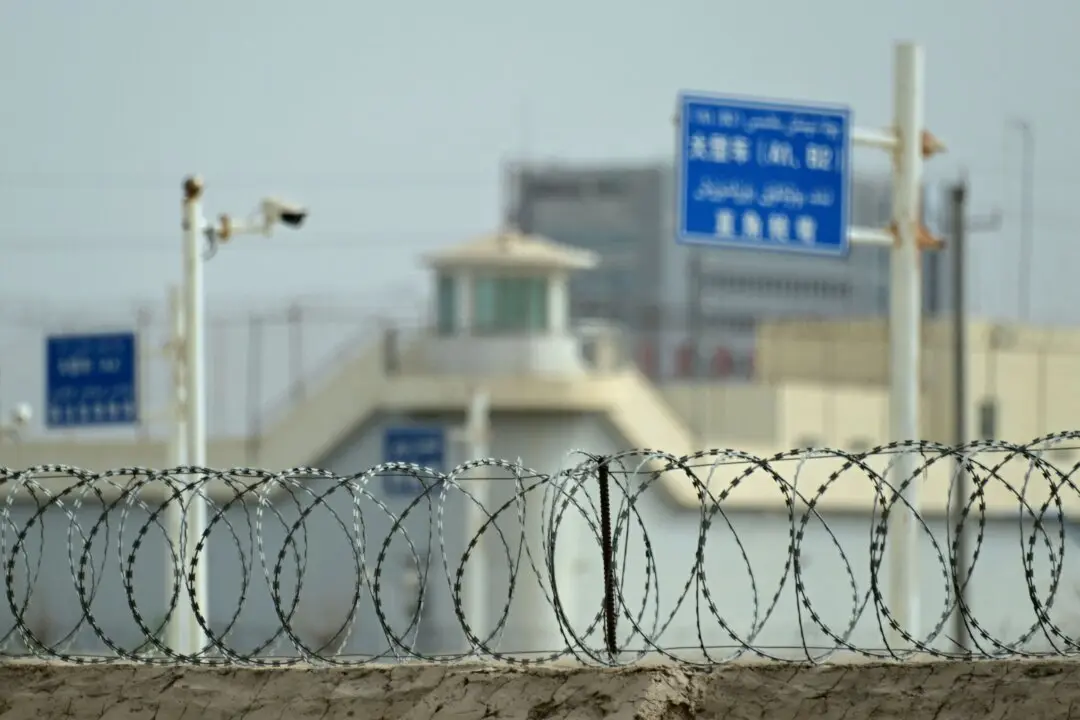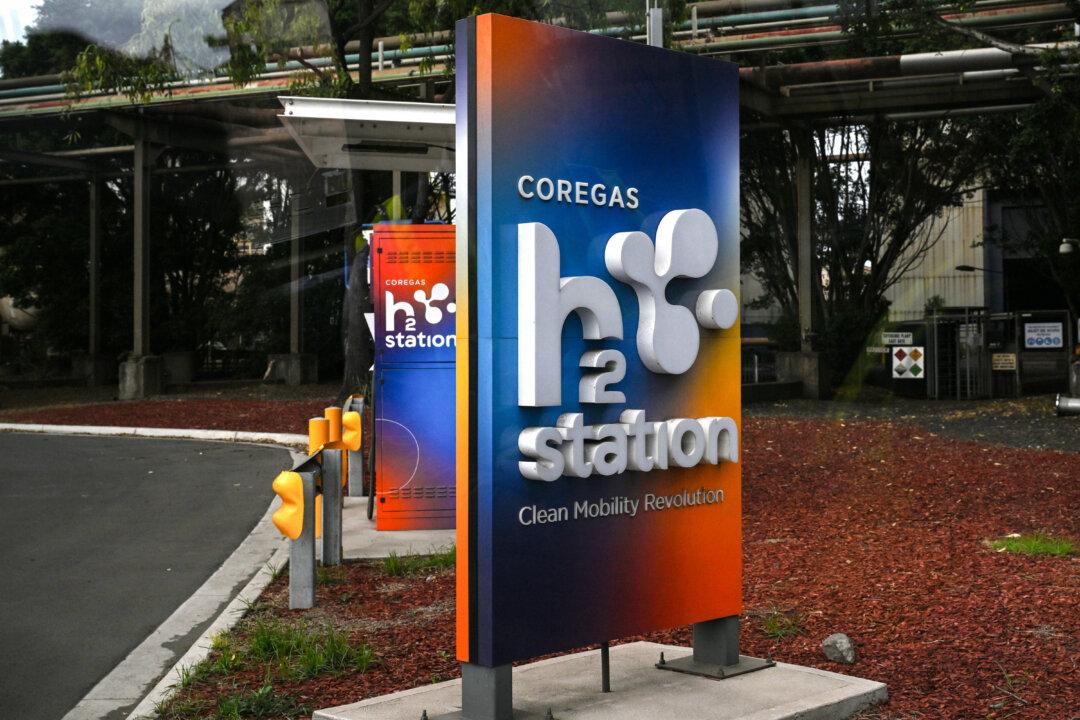Australia is facing new challenges as the country currently lacks the standards to deal with issues in five critical areas, including cyber security, natural disasters, the environment, and emerging technology.
From the first Australian standard established in 1922 that specified the type of bolts used for constructing the Sydney Harbour Bridge, the country has developed around 10,000 benchmarks over the past century.
Those standards have helped design and protect important infrastructure and national icons, including the Sydney Opera House, Melbourne’s tram system, Brisbane’s Suncorp Stadium and Parliament House in Canberra.
“The pace and scope of change is accelerating, brought about by the digitisation of the global economy, innovation, scientific breakthroughs and evolving societal tastes.”
In addition, he mentioned that the 4,000 new standards would allow Australia to speed up the transition to a digital economy, enhance cyber security systems, reduce the impact of natural disasters and hasten the adoption of alternative energy.
“Without the right national standards in these areas, we risk falling behind the rest of the world in terms of best-safety practice,” O'Connell said.
“This will require the collaboration of experts and the support of governments, industry and civic leaders.”

Meanwhile, Standards Australia said that there was a cyber attack every eight minutes, causing the Australian economy to lose around $33 billion (US$23.3 billion) each year.
Additionally, it is expected that natural disasters would cause $39 billion in damage by 2050, almost doubling the current figure of $20 billion.
The standard organisation also said it was currently working with authorities to develop standards to protect the environment and ensure that Australia stayed at the forefront of emerging digital technologies, including 5G, quantum computing and data and digital landscape.
Meanwhile, the report provided details on how standards had helped ensure the stable operation of Australia’s $1.8 trillion economy.
The majority of the established benchmarks were designed by teams of experts with the advances in science and technology.
However, a small number were developed by learning from unforeseen catastrophes such as the 1970 Westgate Bridge collapse in Melbourne, the 1989 Newcastle earthquake, the 1997 Thredbo landslide and the 2011 Brisbane floods.





